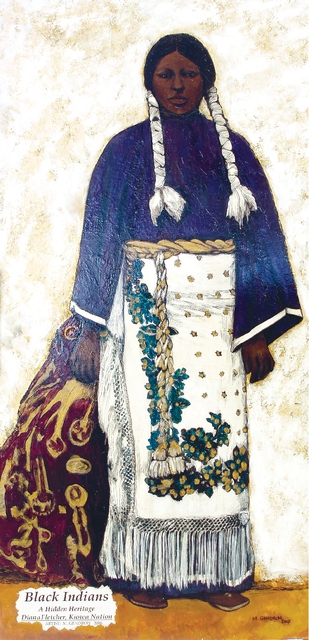The Search For Diana Fletcher
A Portrait Of Black Indian History


Original photograph of Diana Fletcher, date unknown
Courtesy of Western History Collections, University of Oklahoma








